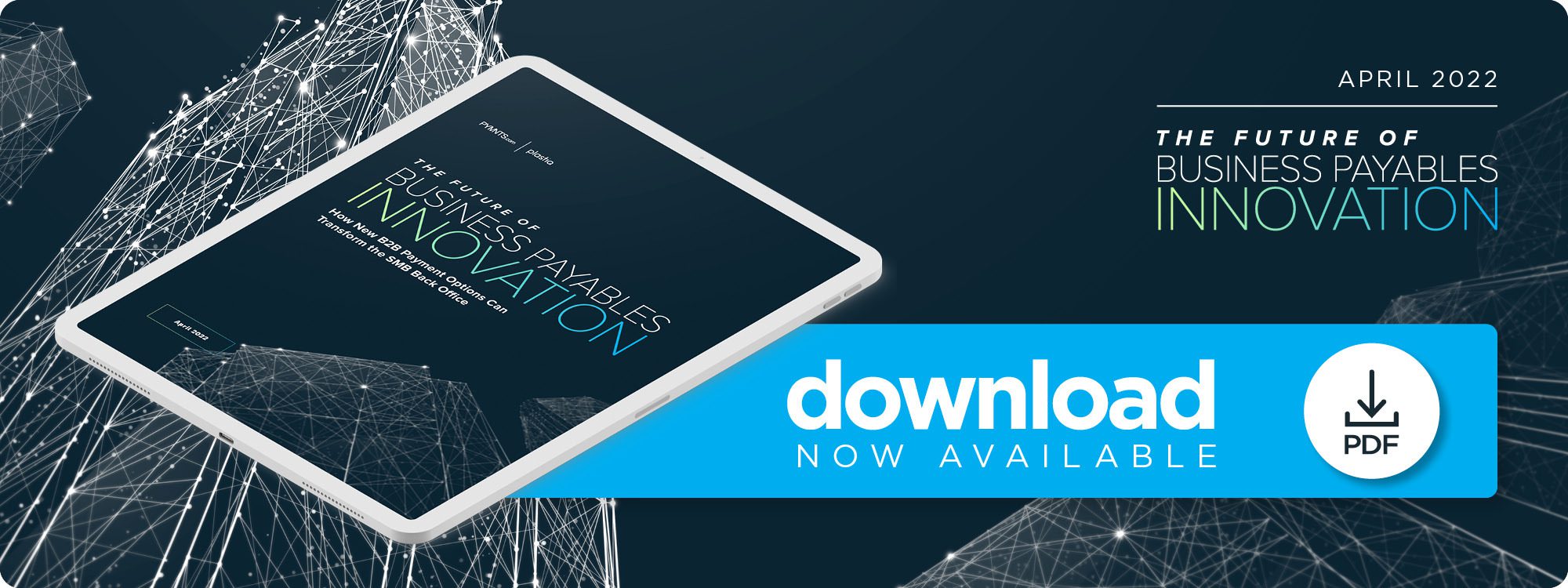Antitrust laws in the U.S. were enacted more than 100 years ago, but for Jon Roellke, partner at Morgan Lewis, this is the most significant antitrust moment in the last 35 years of his career.
President Joe Biden issued an executive order in July 2021 seeking to promote more competition in several sectors of the economy and empower new antitrust enforcers across different agencies. Congress is working on new legislation that will fundamentally rewrite antitrust law, and antitrust agencies are changing their enforcement priorities.
I think the catalyst for the current environment has been the success of big platforms that has led to a concern that big is bad, said Roellke.
But in Roellkes view, the problem is that the big-is-bad approach is not always right and has been extended to other industries that have experienced increased consolidations. Traditionally, the Chicago school, which has dominated antitrust in the U.S., assumed that consumer welfare is best served by robust competition, and this may be the case even if it is only among a handful of players.
But now, the approach is that when successful competitors start to have market power, they need to take care of their competitors, and that disincentives innovation and the drive to win, Roellke argued.
For years, platforms have innovated and achieved extraordinary technological changes that resulted from robust competition. The risk now, Roellke said, is regulators may want to reexamine the main antitrust doctrine because platforms are too big.
See also: For DOJ, Tougher Enforcement Also Brings Lack of Predictability
This analysis should be done very carefully because robust competition fosters innovation, increases output and fosters lower prices. However, we shouldnt fall into the trap of saying good competition means a lot of competitors.
This renewed antitrust approach to big platforms is not unique to the U.S. Both European and U.K. regulators have been very active for many years and have more experience in regulating major market participants to certain extent. This has also led to closer collaboration among U.S. and European Union regulators to enforce competition policies
According to Roellke, this could have caused a shift in the U.S. model to be more similar to the EU model, but this shouldnt be a race to the bottom.
However, this creates an additional problem: how to offer guidance to successful companies. The companies grow and obtain what some may describe as market power, but then it is unclear how the agencies will apply their own guidelines. The only certainty in this new approach is that things are going to change.
However, it can almost be guaranteed that more deals are going to be challenged. The Department of Justice (DOJ) and the Federal Trade Commission (FTC) are reviewing the horizontal merger guidelines, and they have already announced their plans to toughen up enforcement and to challenge more mergers.
Read more: FTC, DOJ Launch Consultation To Tighten Grip on Big Tech M&A
The challenge Roellke sees with these new plans is that both the grounds on which certain combinations are going to be challenged and the focus of concern are unclear.
Roellke also observed that the competitive relationships between and among companies in the digital economy are becoming more complex, making the antitrust analysis more difficult.
For instance, in financial services, you may find that two companies are counterparties in a transaction in the morning, then joint venturers in the afternoon on something else, and direct competitors in the evening for other products or services, Roellke explained. The complexity of those relationships makes it particularly difficult to provide guidance to companies when regulators are adding a certain amount of uncertainty.
——————————
NEW PYMNTS DATA: THE FUTURE OF BUSINESS PAYABLES INNOVATION STUDY APRIL 2022

About: While over half of SMBs believe that an all-in-one payment platform can save them time and improve visibility into cash flows, 56% believe that the solution could be difficult to integrate with existing AP and AR systems. The Future Of Business Payables Innovation Report, a PYMNTS and Plastiq collaboration, surveyed 500 SMBs with revenues between $500,000 and $100 million to explore how all-in-one solutions can exceed SMBs expectations and help future-proof their businesses.


